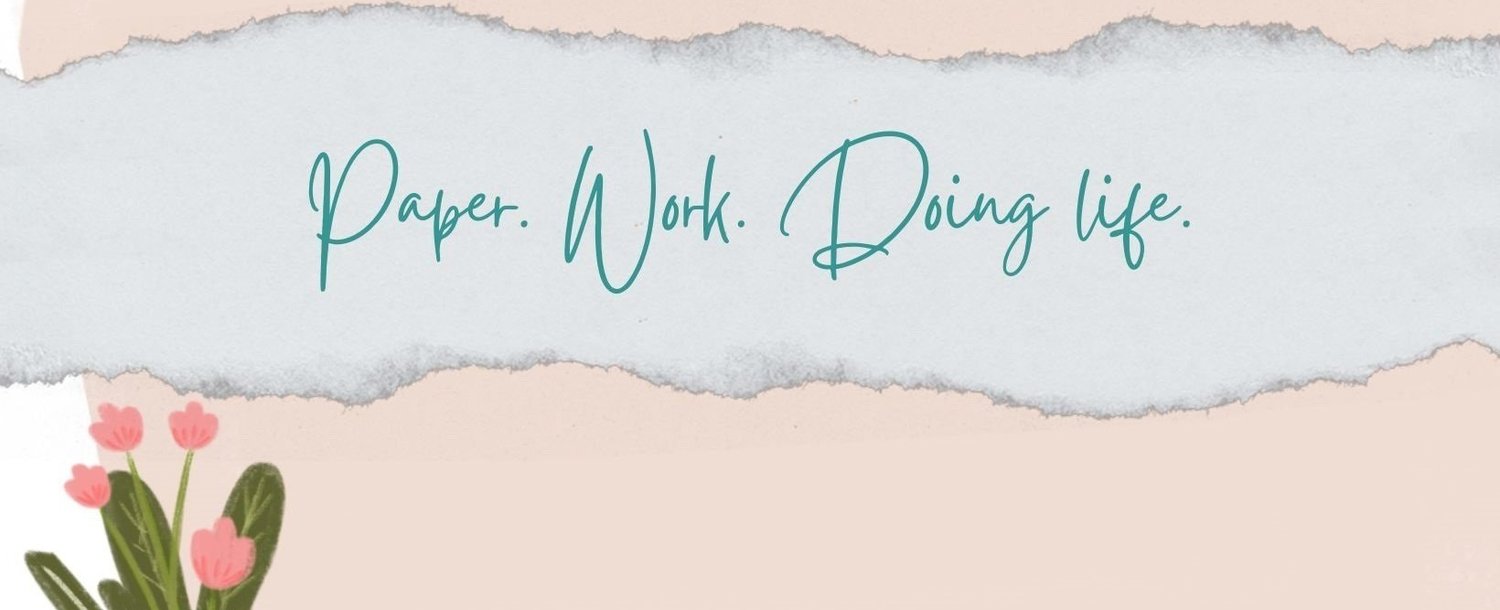What We Keep: Poetry Part 2
I finished my first blog about the importance of poetry to me as follows: I want to keep the poetry that reflects my life. I want to read it again, years later. I want to study the poets and see why and how they wrote. I want to love the music and the words and the language. Maybe I even want to write poetry. Will I?
I thought for a while in my twenties that I might have the chops to be a poet. I took the class in college - I got good grades and a positive response from others in the class. I even got published in our student literary journal. Then you know, work and life and kids. The teaching degree that I got as a “back-up” to a writing career took over my work life. (I don’t regret that really; teaching provided so many blessings to me - but oh, time consuming!) I wrote a bit of poetry off and on, and tucked the results away - I’m not sure I could even find them now. I tried my hand at writing most recently after I lost my mom. I know the power of writing to process emotion. I used it - in some ways successfully - to work through my own grief.
Mom’s Love
Of Gatsby ~ “His count of enchanted objects
had diminished by one.”
I used to shed a tear
For Gatsby here.
Since you are gone,
My heart hurts for Daisy.
I wonder if she felt the sting
As do I
That the count of ones who found her enchanted
Had diminished by one.
By: Me
A minute or two had passed since I worked at poetry with any seriousness.. I bought some books at the time - for guidance and inspiration. I really thought the desire to write had been rekindled. After a time I got busy and they remained unopened. I kept them though for someday - when I retired - maybe. So, here I am retired. And maybe thinking about writing more. I am writing and reflecting here which is helping to flex unused muscles. The reflection is also helping me to figure out as an older person in the world what I have learned and what I think is important- as if, perhaps, I do have things to say. Maybe I’ll get back to poetry. Will I?


















